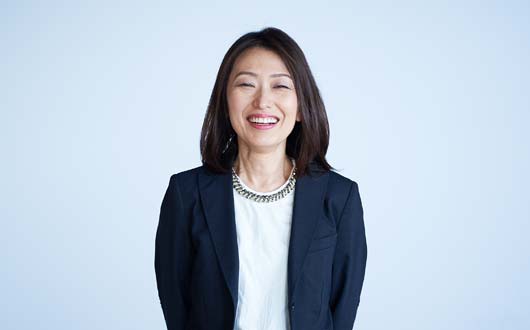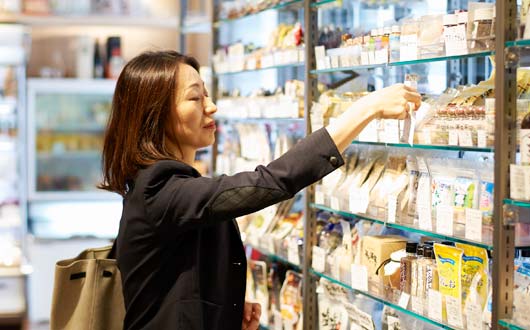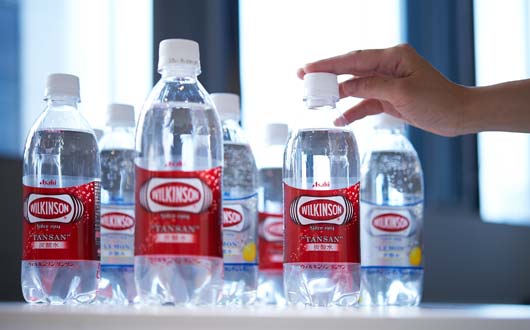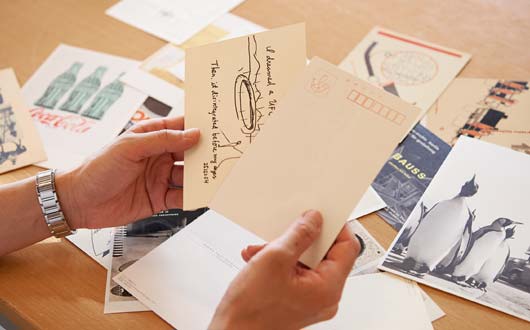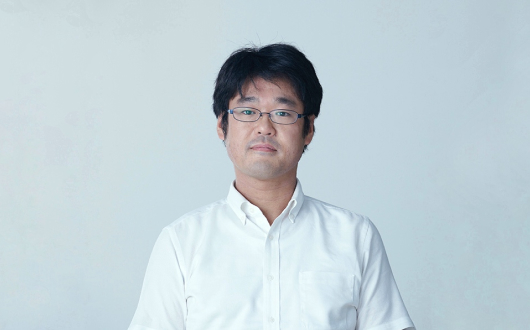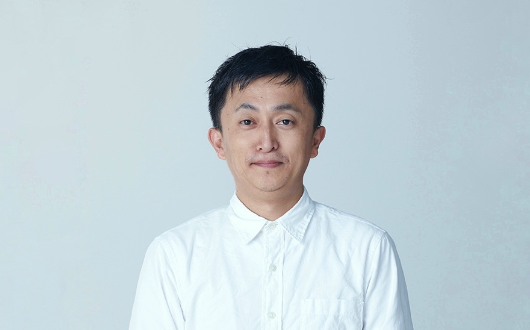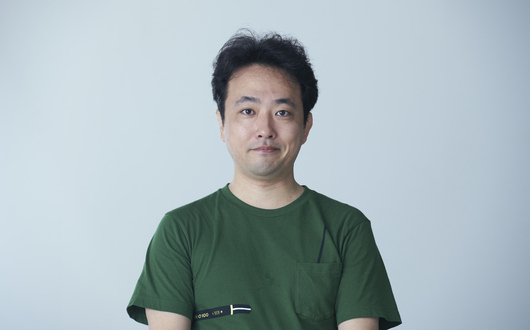The Work of Package Design The Work of Package Design The Work of Package Design
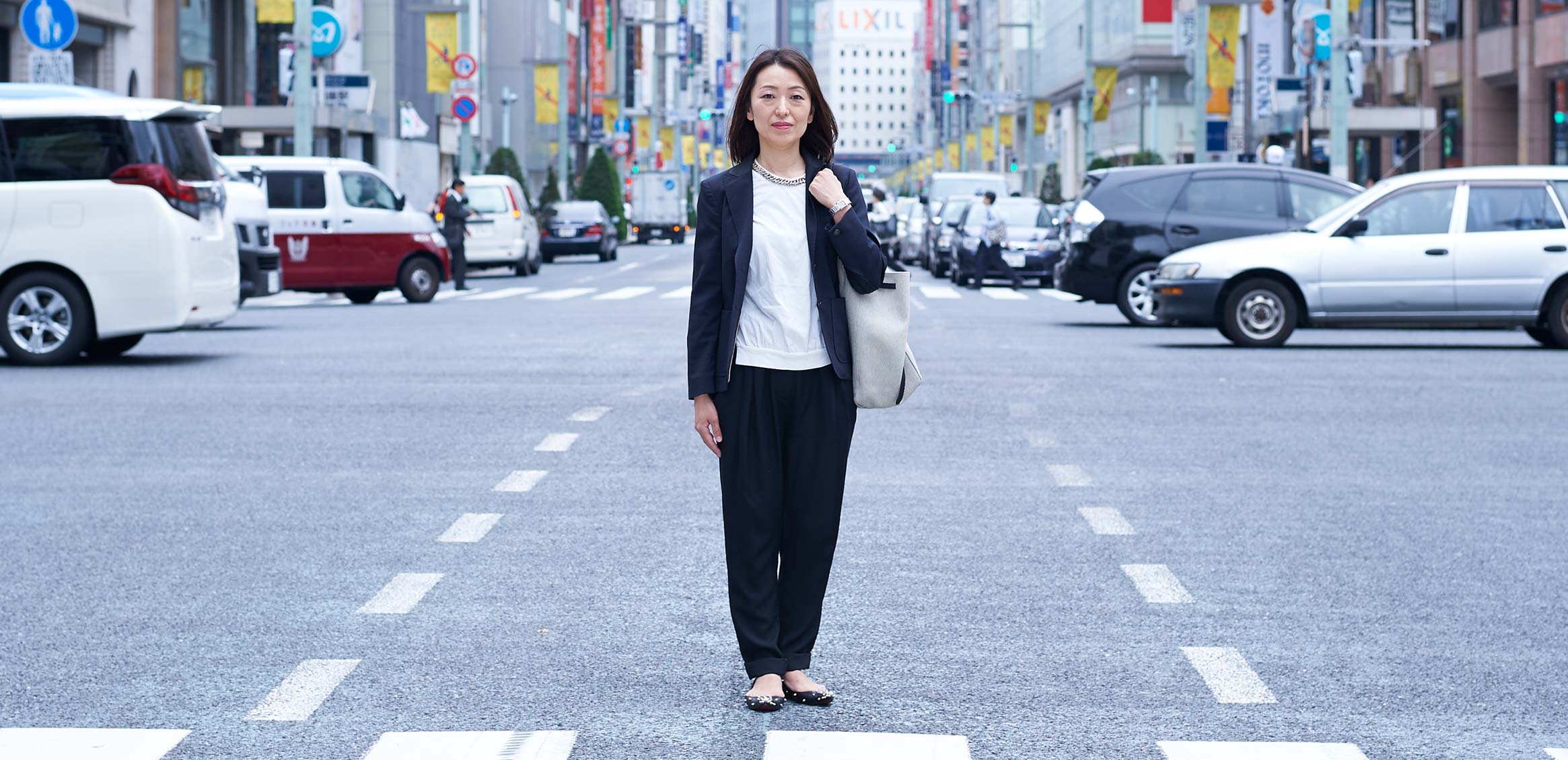
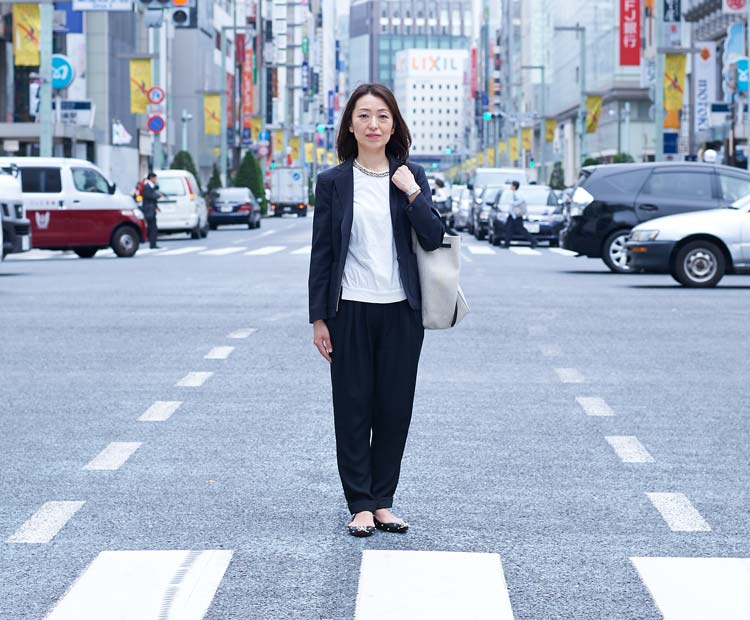
Even a tiny change of 1 or 2 millimeters is certain to make a difference that can be clearly felt.
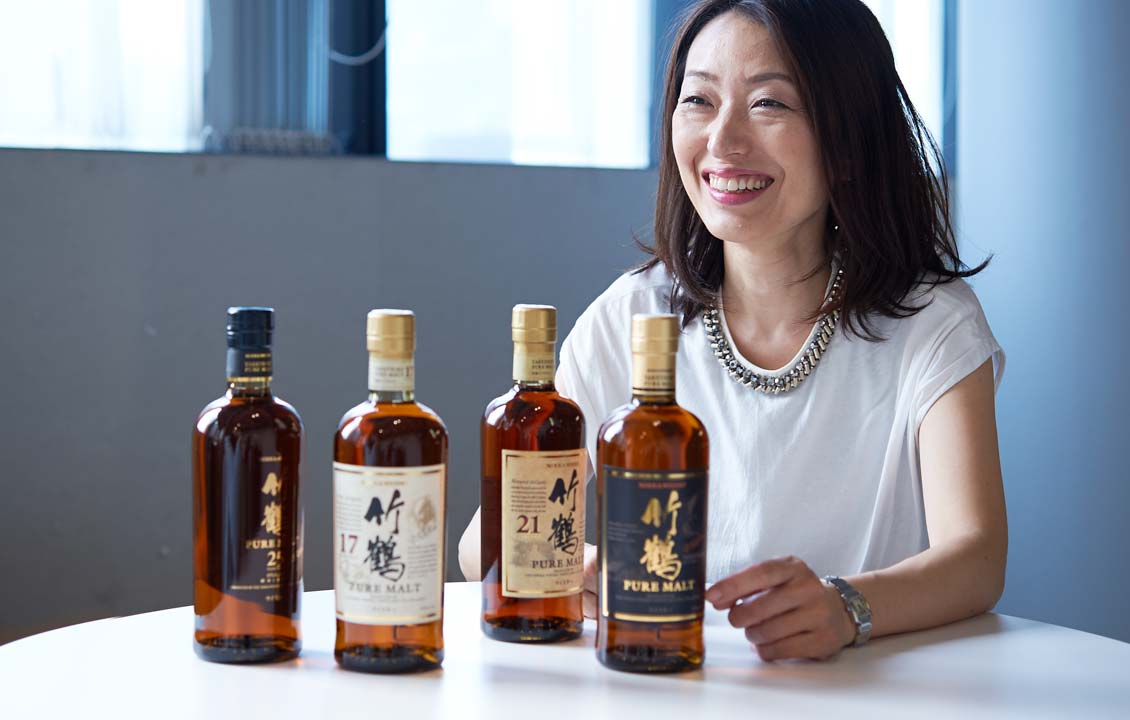
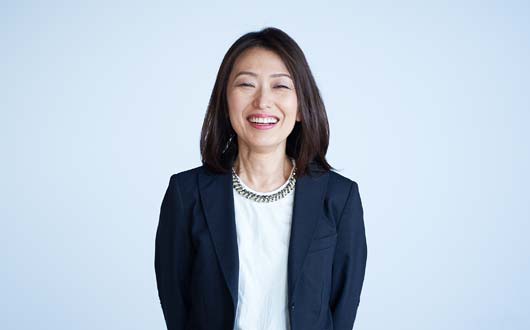
Yoshinaga Mie
Assistant Director of the Package Design Department/Art Director
Born in Yokohama and graduated from the Department of Fine Arts in the Faculty of Education at Tokyo Gakugei University. Joined Nippon Design Center in 1992. After working in the CI Institute, she was transferred to the Package Design Department in 1998. She has been involved in a large number of product designs, including the CI design for the JR-West Hotel Granvia, the Aomori Prefecture image enhancement symbol mark Top Prize, the Kagoshima Port symbol mark, and package design for clients including Taketsuru whiskey, Jukusen beer, Jurokucha tea, and Wilkinson soft drinks.
Hello, I am Yoshinaga Mie. The Package Design Department is the department of Nippon Design Center which specializes in package design. Some of the clients with whom we have worked for many years include Asahi Beer and Asahi Soft Drinks. I have been involved in a wide range of work for these clients, including packages for tea, beer, and serious whiskey. Because packages are something which people encounter frequently in their everyday lives, and because of the need to communicate information in a limited space, package design requires a different kind of expertise than advertisements. I find these elements to be very interesting.
Ordinarily, it takes from around six months to one year to complete a single design. For example in the case of a whiskey label, I begin with the concept, and then carefully consider the product logo and a wide range of elements when creating the design. In some cases I also place the product on a bar shelf and consider how it looks in comparison with other products. As I repeat a process of design, verification, investigation, and correction, it is not unusual for the number of ideas to exceed 100. The package which is eventually presented to the world is the crystallization of this long process of selecting the best of many ideas. I have also developed the habit of watching people during my regular life to see which beverages different kinds of people drink, and when they drink them. Because beverage design is deeply connected to people’s lifestyles, the details are important. However it is also important to carefully observe the people and the environment around you. Observing people around the city provides hints for ideas that frequently are transformed into my designs.
When I first joined NDC, I was assigned to the CI Institute. At that time, the director was Uehara Masashi, the man who worked on CI for the Asahi Group and Toyota Motor Corporation. At that time, our workplace may or may not have had a single computer. Instead, we used graph paper, curved rules, and compasses, and drew designs by hand using brushes and rotrings. To me, Mr. Uehara was a very senior member, and we were as different in age as a father and daughter. He created overwhelmingly detailed designs, even by the standards of the institute. For example, when drawing a curve he would draw a base design on paper, and then actually twist the paper and photograph it with a camera to copy it. The curve which resulted from this process was geometrically graceful, but with a feeling of tension so that it never felt loose. Even when several members of the institute each submitted drafts, it was always Mr. Uehara’s which was chosen. As I carried out my work as a new employee, I regularly thought about why he was so successful and what made him different. When the deadline was approaching and the design had reached a certain level, I am sometimes struck with the impulse to go back and refine it once again. At those times I do not rest and instead continue to search a little farther. This always ends up making the design better. Even a small change of 1 or 2 millimeters that is hard to detect with the eye can make a difference which can clearly be felt. The things I learned working under Mr. Uehara, a man who never compromised, continue to be a large influence on me today.
I spend days in meetings and nights doing design at my desk. As a result, I do not return home until late. I am often at a loss when people ask about my hobbies, but I do like drinking, eating, and cooking. As I think about what foods to make and while I make them, I can feel my mood suddenly change. Every morning, I prepare lunch boxes for myself and my high-school student son. Writing a letter using a postcard and stamp that strike my fancy is another way I relax. Although I do not have enough time to talk with my elementary school-age daughter as much as I would like, we often converse through letters and notes. I am in general an optimist, and I think I have been carried forward in life by my strong feelings of positive interest in everything I encounter. Though in a good sense, Nippon Design Center can be described as a strict company. I think it is because I have truly enjoyed my design work that I have continued to work here for more than 20 years since I joined the company. Even now, I am always motivated to become better and to fly higher in my design work.
